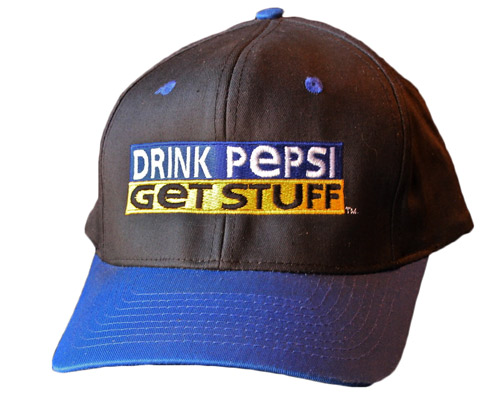Premium Promotions
A history of buy and get campaigns
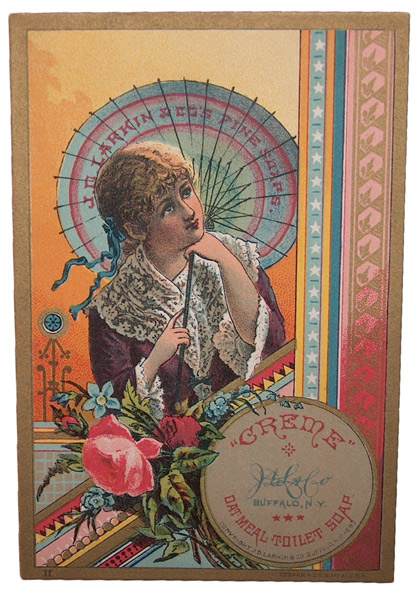
Buy three packages and receive a gift.
Collect 5 barcodes and get something even better.
Collect, fill in, submit, and get the chance to win some attractive and expensive product.
We see it all the time, the store is full of premiums and purchase-and-get-campaigns. Sports bottles, bags and cooler bags with logos fills the aisles and attract additional purchases and increase brand recognition. But how did it start?
Copper Tokens - Beginning of store coupons
Among marketing experts, there is still disagreement who was first. But much indicates that it was in the United States it began, like so much else in marketing history. What we do know is that in 1793, the same year that Louis XVI and Marie Antoinette met their fate in Paris, a wholesale dealer in Sudbury, New Hampshire began handing out small copper pieces at purchase. These could then be exchanged for products in the trader's own range. The more copper pieces that were gathered, the more expensive the exchanged premiums were.
Of course it was a direct hit. Customers immediately realized there was money to be saved, and a value in these small copper pieces. This spread and more merchants and shops began to embrace the system with small pieces of metal, something that is roughly equivalent to today's coupons or barcodes. But since there weren’t many large companies or major brands in the late 1700s, it took a few years before what we know as premium promotion campaigns began to take shape.
A pioneer of free gifts and premiums with logo - Larkin
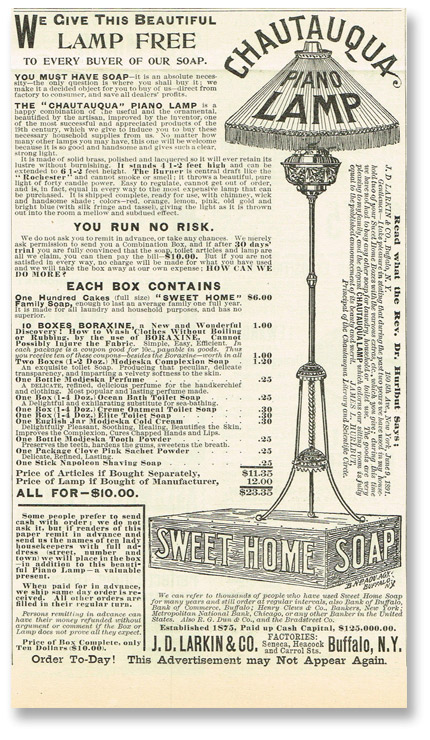
1881 John D. Larkin started the Larkin Company, a manufacturer of soap and laundry flakes. The company soon proved to be a pioneer in marketing and in the forefront of brand recognition and action marketing wave that swept across the United States. It was John's brother in law, Elbert Hubbard, who launched the idea of free gifts packaged with the product, in this case with their bestselling soap Sweet Home. The first included gifts were small color prints with beautiful images of people, nature and animals. These pictures quickly became a collector's item and adorned fireplace shelves all around the United States.
Elbert was something of a marketing genius and quickly understood the value of a well-known brand, especially in such a competitive industry as the 1880s soap manufacturing. So, naturally, all the images were also printed with the Larkin Company logo and slogan. Since then the company continued to include premiums such as handkerchiefs and towels. In the early 1900s Larking introduced more expensive gifts, such as lamps and rugs, for purchases of family packs.
Giveaways and merchandise – 20th century premium promotions
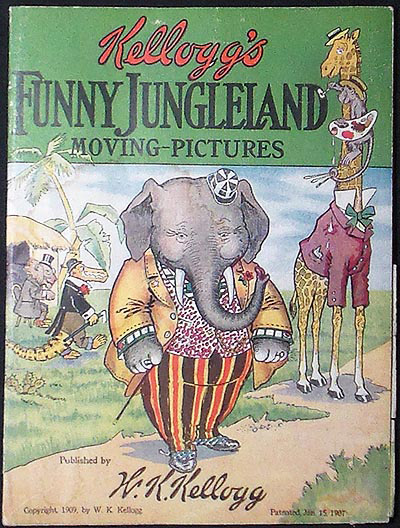
By the mid-1900s most major brands used gifts with their logo. Caps, bottle openers and coffee mugs filled the retail campaigns.
One of the most famous campaigns were from the soft drink manufacturer Pepsi. With their "Drink Pepsi Get Stuff" campaign they took the purchase-and-get promotions to a whole new level. With the help of barcodes and marks on the company’s packages, customers collected points that could be exchanged for hats, t-shirts with prints, bicycles, bags, shopping bags and other merchandise products. Everything branded with the company’s logo. Pepsi's customers quickly responded, many millions of consumers started hunting for points. A few years later the archrival Coca Cola started its promotional campaign, My Coke Rewards, which is still active.
Did you know that?
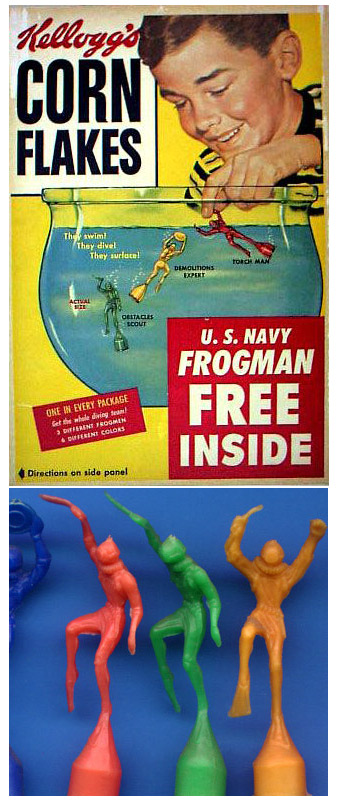
- The most popular promotional products are toys, bags, bags and towels
- In Japan, the value of an included gift can only be 10% of the value of the item
- Pepsi was sued because they could not offer a fighter aircraft in exchange for 7,000,000 points, something they had claimed in a humorous commercial. The company was however acquitted.
